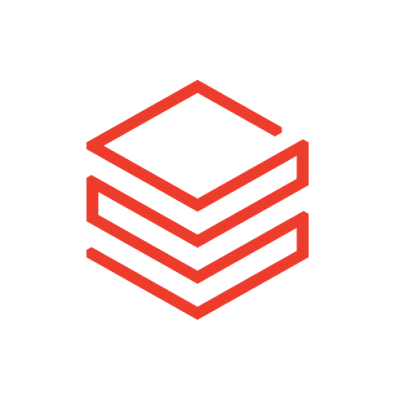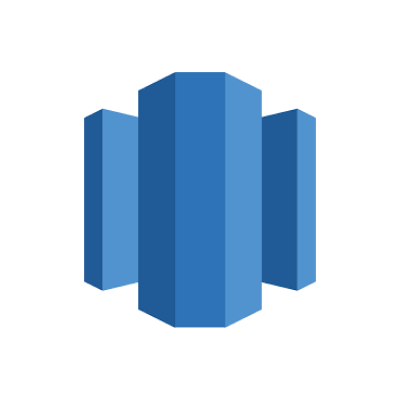Compare - Snowflake VS Power BI
Here’s the difference between Snowflake and Power BI. The comparison is based on pricing, deployment, business model, and other important factors.
About Snowflake
Snowflake delivers the Data Cloud — a global network where thousands of organizations mobilize data with near-unlimited scale, concurrency, and performance. Inside the Data Cloud, organizations unite their siloed data, easily discover and securely share governed data, and execute diverse analytic workloads. Wherever data or users live, Snowflake delivers a single and seamless experience across multiple public clouds. Snowflake’s platform is the engine that powers and provides access to the Data Cloud, creating a solution for data warehousing, data lakes, data engineering, data science, data application development, and data sharing.
About Power BI
Microsoft Power BI is a business intelligence platform that provides non-technical business users with tools for aggregating, analyzing, visualizing, and sharing data. Power BI's user interface is fairly intuitive for users familiar with Excel and its deep integration with other Microsoft products makes it a very versatile self-service tool that requires little upfront training. Microsoft Power BI is used to find insights within an organization's data. Power BI can help connect disparate data sets, transform and clean the data into a data model and create charts or graphs to provide visuals of the data.
Comparison Table
| Overview | ||
|---|---|---|
| Categories | Data Warehouses | Business Intelligence (BI) |
| Stage | Late Stage | Late Stage |
| Target Segment | Enterprise, Mid size | Enterprise, Mid size |
| Deployment | SaaS | SaaSOn Prem |
| Business Model | Commercial | Commercial |
| Pricing | Contact Sales | Freemium, Contact Sales |
| Location | California, US | Redmond, US |
| Companies using it | ||
| Contact info |
Add to compare

